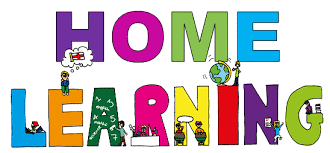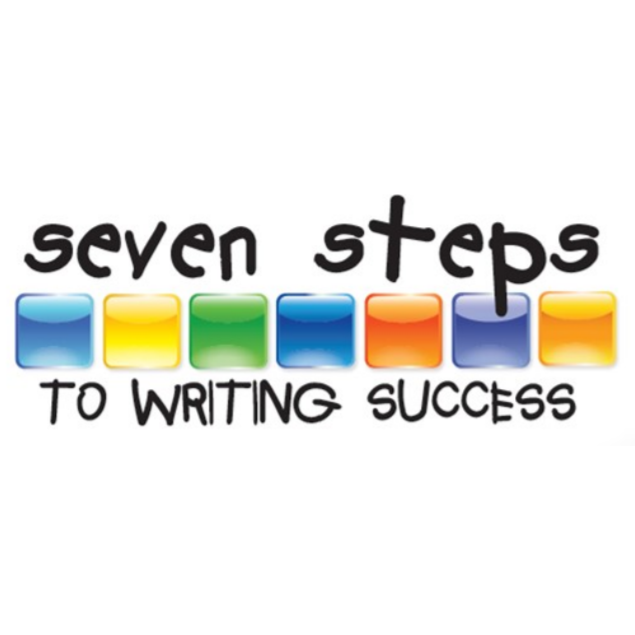They say that the scariest moment in a story is just before you start writing!
The ability to write well is important for life and across all areas of the curriculum, yet students often find the prospect of putting words to paper daunting!
To help our students become better writers our staff were really excited about continuing our Professional learning with” Seven Steps to Writing Success,” a journey that we began last year.
What are the Seven Steps?
• Plan for Success: Look at an ad on TV that tells a story, watch a movie or listen to a picture storybook. See how all of them start with something interesting, slowly build up the tension and end on a really high note.
• Sizzling Starts: Start with something really interesting – the moment you walk on the stage in a big singing competition. Don’t start at the beginning of the day where nothing happens, cut straight to the action.
• Tightening Tension: You make the reader believe the main character is in serious trouble and may foil. Slowly build up a LOT of problems for your character, throw pebbles, then rocks and then drop a boulder.
• Dynamic Dialogue: Dialogue makes the character come alive and creates a dynamic scene. Let the characters talk, that’s how we get to know them
• Show, Don’t Tell: If I tell you I’m scared of dogs, do you believe me ? If I run yelling and screaming from a dog do you believe me?. Actions speak louder than words.
• Ban the Boring: Writing is not real life. Even in movies all the boring parts are not shown. Ban the boring bits, we got on the bus, we stopped for lunch etc
• Exciting Endings: A great ending is planned. Plan and know where you are heading.
Seven Steps breaks down the key elements of writing. By following the steps, students avoid frustration and that ‘bogged down’ feeling, which can be very self-limiting. When students experience success, their confidence improves and this increases their willingness to learn and leads to greater communication and engagement between students, teachers and peers. And it makes writing fun!


Tips for developing writing confidence at home
Seven Steps can be a part of everyday life and these examples will help your children retain the information and naturally apply it, thus becoming better writers,”
1. Watch TV ads. You know — the ones that 'tell a story.' In 30 seconds, some ads can create a start, tension scene and great ending, exactly like the story graph your child will have learned about in class. Ask them about this.
2. Next time you are watching a movie with your kids, see how the movie begins with lots of action to grab your attention. Adventure movies are especially good at this.
3. Read picture books with your kids and look for the tension scenes. Picture books are short, so it's easy to find where the all-important tension builds before the ending.
4. Record a conversation at home. Listen to all the rambling, half-finished sentences and 'umms' and ‘er’s'. This is great proof that strong writing does not have to be based on real life!
5. Test with your kids how words form pictures in our minds. Slowly read these examples: “Red flowers stand tall and cheerful in a vase.” “There's a baby elephant under the tree in our garden.”
6. Watch movies and see how little of the 'boring bits' they use. They rarely show people using the bathroom, brushing their teeth or blow-drying their hair. Even stranger, notice how people never seem to travel, they just ‘arrive'.
7. Many authors actually get their ending first — and then figure out the story working backwards! Here's a fun ending: 'Crocodiles don't like fly spray.' Try brainstorming with your kids what the story could be. You can be as crazy as you like!

